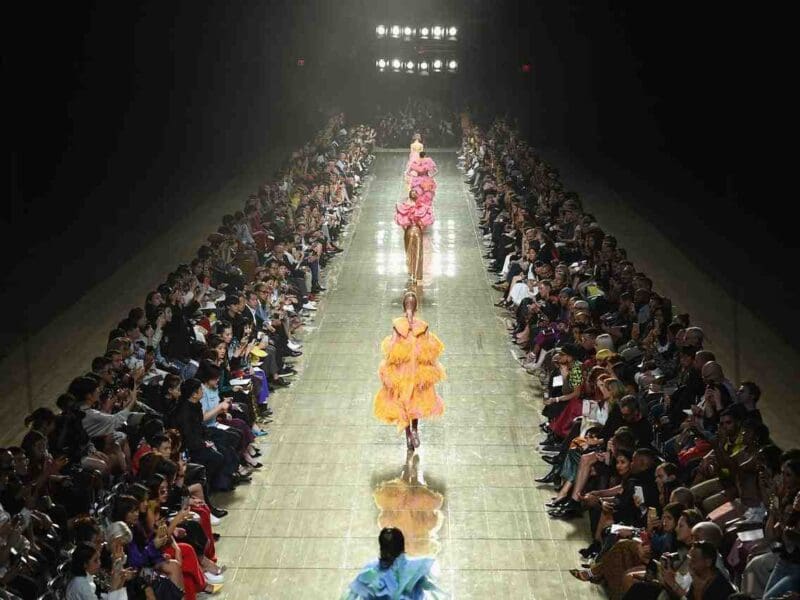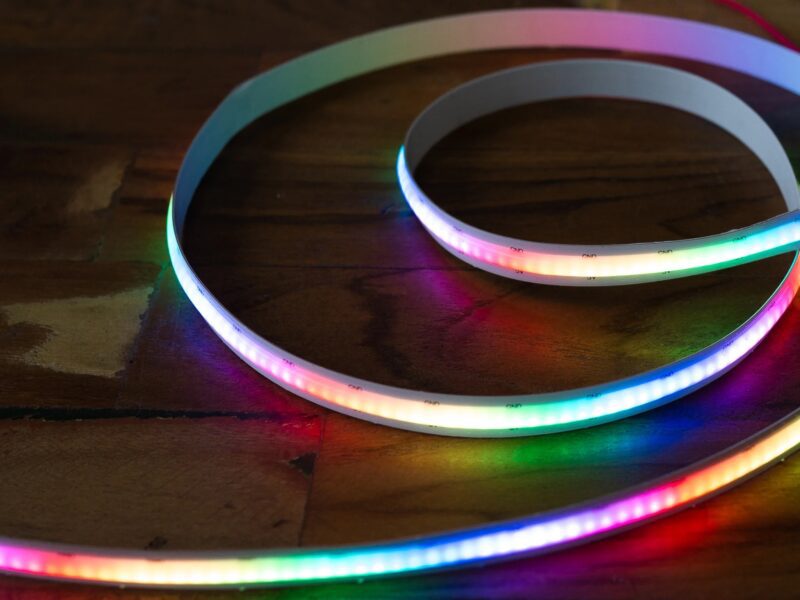
Illuminating Creativity The Art And Science Of Lighting Designers
Lighting designers are professionals who use their knowledge and creativity to create stunning lighting schemes for a wide range of applications. From designing lighting for architectural spaces to concerts, theater productions, and other events, lighting designers play a crucial role in creating the ambiance, mood, and overall aesthetic of a space or performance. In this article, we will explore what lighting designers do, the skills and knowledge required to become one, and how they work with other professionals to create amazing lighting designs.
What Is Lighting Design?
Lighting design is the art and science of creating lighting schemes that enhance the visual appeal and functionality of a space or performance. Lighting designers work to create a balance of light and shadow, color, and intensity that meets the needs of the client, while also meeting the technical and safety requirements of the project.
The lighting design process typically begins with a consultation with the client to determine their goals and objectives for the project. The lighting designer will then develop a lighting concept that takes into consideration the specific needs of the space, the type of performance, and the desired ambiance.
Once the lighting concept has been established, the designer will work with other professionals such as architects, engineers, and electricians to develop the technical details of the lighting design. This includes selecting the appropriate light fixtures, determining placement and aiming, and developing the electrical plan.
What Skills And Knowledge Do Lighting Designers Need?
To be successful in the field of lighting design, one needs to possess a rare blend of technological expertise, creative talent, and interpersonal skills. They need to have an understanding of the technological elements of lighting, such as the various kinds of light sources, the qualities of light, and the electrical and mechanical systems that are used to power the lighting.
Additionally, lighting designers need to have a creative vision and the ability to visualize how various lighting designs will appear in a place or on a stage. This is an essential part of the job. They are required to have an understanding of color theory, the effects of light on a variety of surfaces, and how lighting can be used to produce a particular ambiance or tone.
Lighting designers are required to work closely with clients, architects, engineers, electricians, and other professionals to ensure that the lighting design meets the requirements of the project. As a result, they must have excellent interpersonal skills to be successful in this line of work. They need to have strong communication skills, be able to effectively handle schedules and finances, and be able to work well with others to achieve the most successful conclusion possible.
What Are The Different Types Of Lighting Designers?
There are many different types of lighting designers, each with its area of specialization. Some most common types of lighting designers include:
Architectural Lighting Designers: These designers specialize in creating lighting schemes for buildings and outdoor spaces. They work closely with architects to ensure that the lighting enhances the overall design of the building, while also meeting the specific needs of the space.
Theatrical Lighting Designers: These designers specialize in creating lighting schemes for theatrical productions, including plays, musicals, operas, and other types of performances. They work closely with directors, choreographers, and other professionals to create lighting that enhances the mood and atmosphere of the performance.
Concert Lighting Designers: These designers specialize in creating lighting schemes for concerts and other live events. They work closely with the performers to create lighting that enhances the music and creates a unique experience for the audience.
Event Lighting Designers: These designers specialize in creating lighting schemes for special events such as weddings, corporate events, and parties. They work closely with event planners to create lighting that enhances the overall ambiance of the event.
What Is The Process Of Creating A Lighting Design?
The process of creating a lighting design typically involves several stages, each with its own set of tasks and responsibilities. Some of the most common stages of the lighting design process include:
Initial Consultation: The lighting designer will meet with the client to discuss their goals and objectives for the project. They will ask questions about the space, the type of performance, the desired ambiance, and any other factors that may impact the lighting design.
Lighting Concept: Based on the initial consultation, the lighting designer will develop a lighting concept that outlines the general approach to the lighting design. This may include sketches, diagrams, and other visual aids to help the client understand the proposed lighting scheme.
Technical Design: Once the lighting concept has been approved, the lighting designer will work with other professionals to develop the technical details of the lighting design. This may include selecting light fixtures, determining placement and aiming, developing the electrical plan, and creating a lighting schedule.
Installation: Once the technical design has been completed, the lighting designer will work with electricians and other professionals to install the lighting fixtures and ensure that they are functioning properly.
Programming: After the installation is complete, the lighting designer will program the lighting system to achieve the desired lighting effects. This may include adjusting color, intensity, and other settings to create the desired ambiance.
Rehearsals/Testing: Before the performance or event, the lighting designer will attend rehearsals or testing sessions to ensure that the lighting is working properly and achieving the desired effects.
Performance/Event: During the performance or event, the lighting designer will be responsible for operating the lighting system to create the desired effects.
Conclusion
Lighting designers play a critical role in creating the ambiance, mood, and overall aesthetic of a space or performance. They must have a unique combination of technical knowledge, artistic ability, and interpersonal skills to create stunning lighting schemes that meet the needs of their clients. Whether they are designing lighting for buildings, theatrical productions, concerts, or other events, lighting designers are essential to creating a memorable and impactful experience for audiences.







